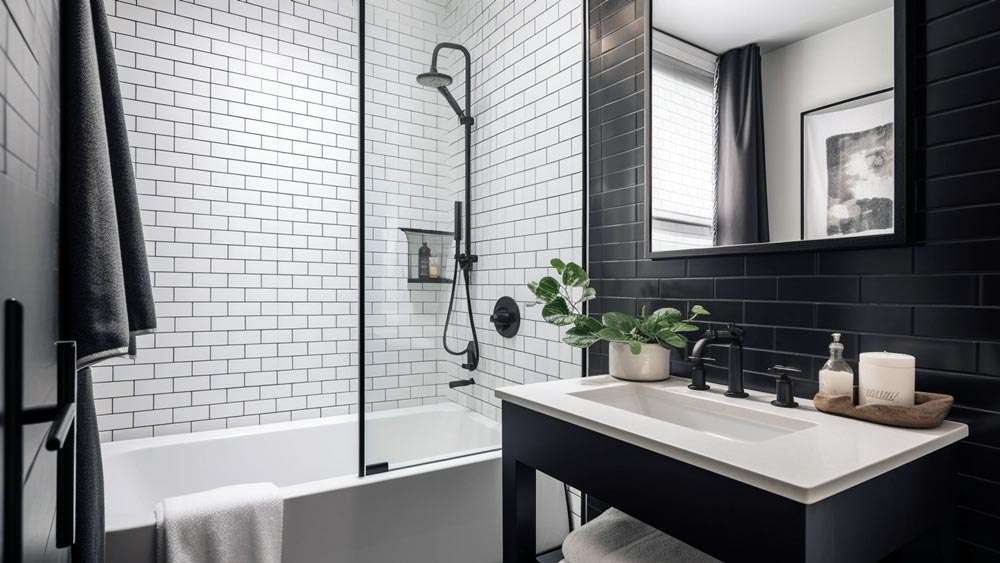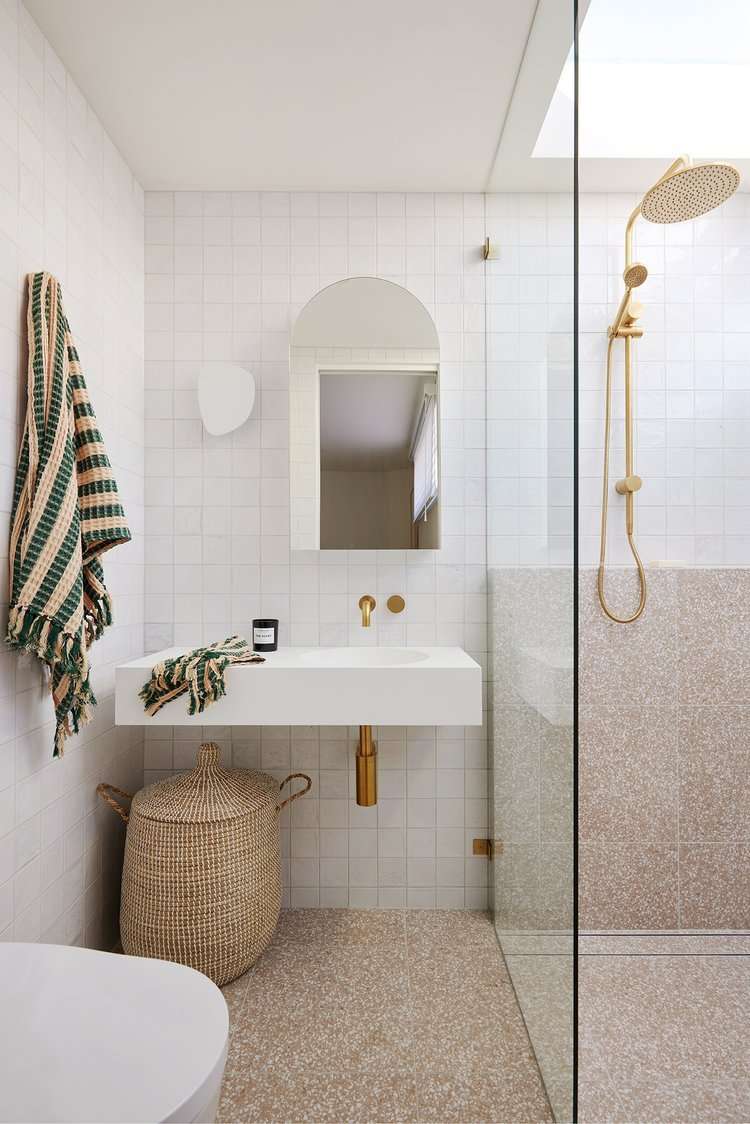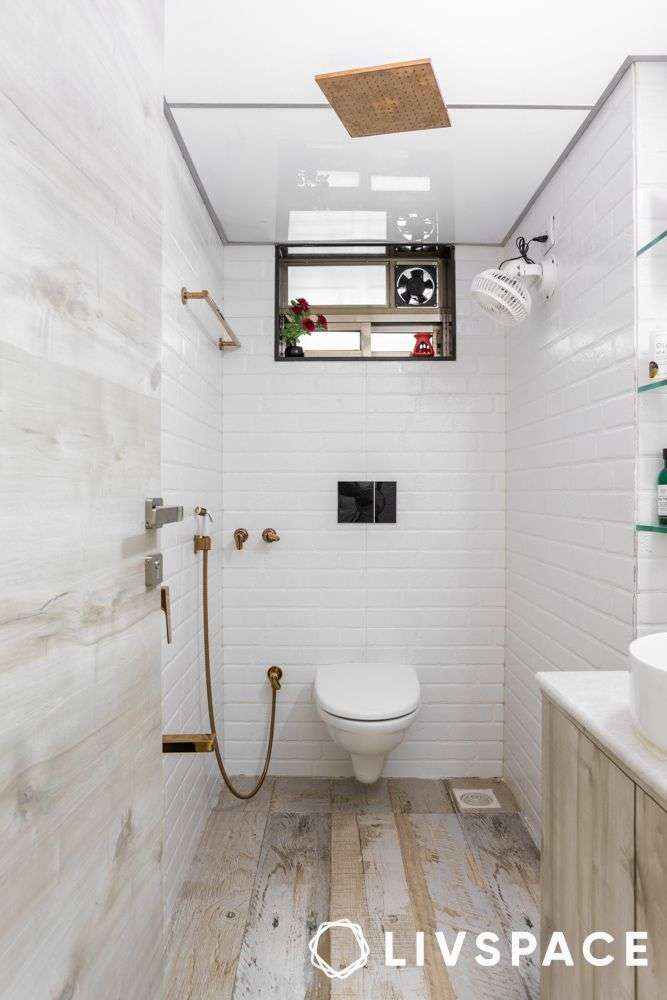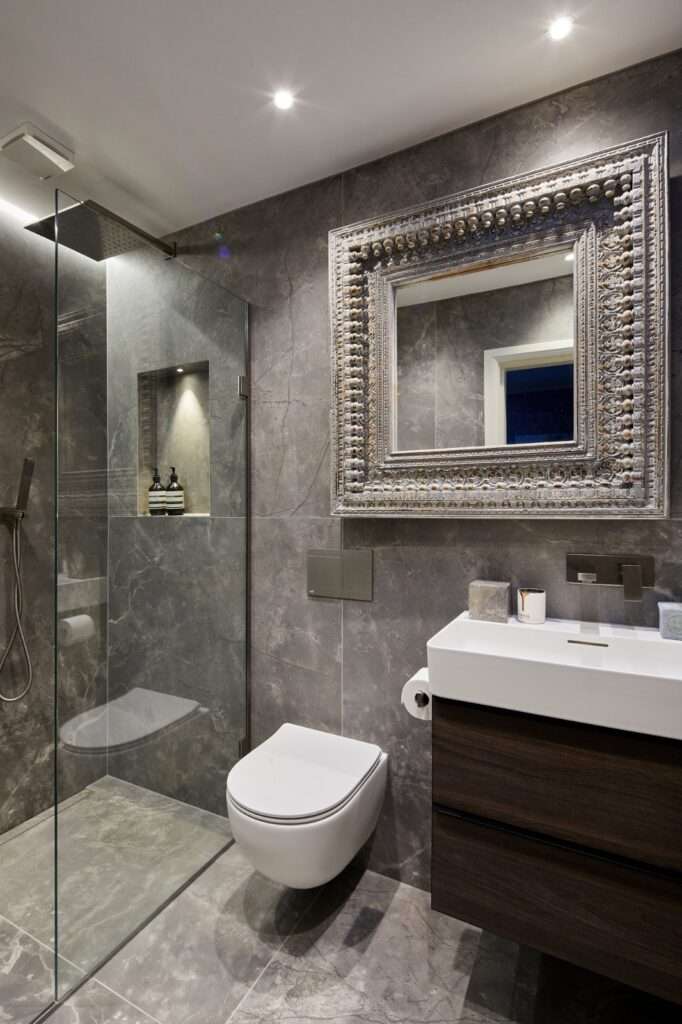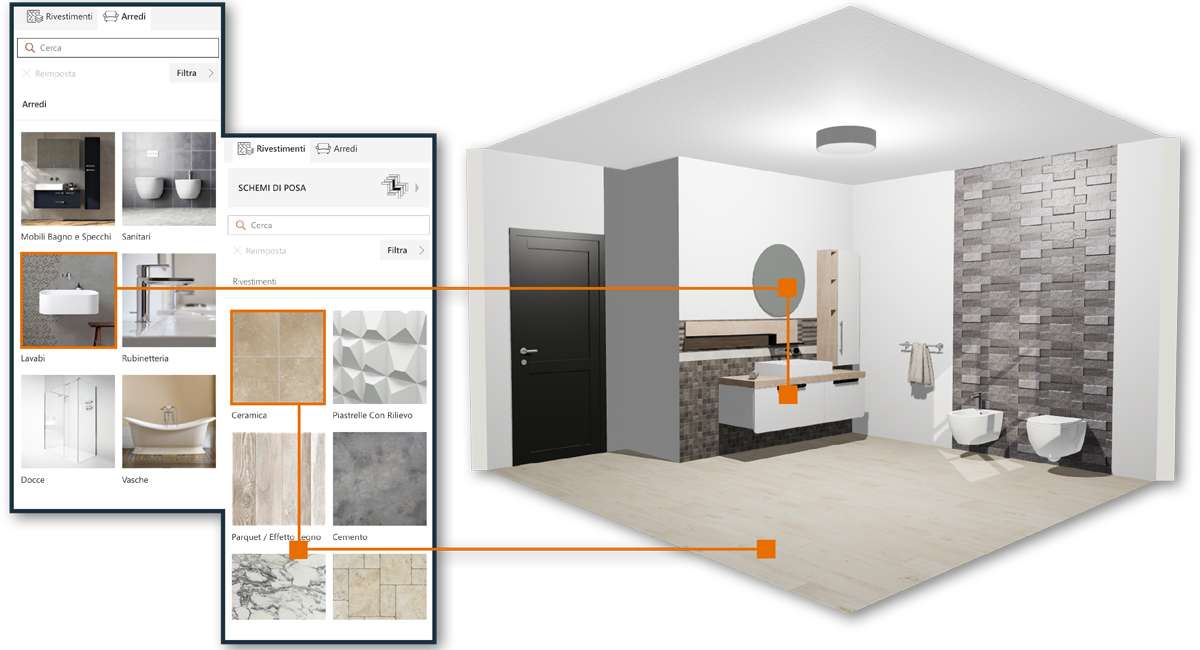Exploring the realm of **images of interior design of bathroom** spaces reveals a fascinating intersection of functionality and aesthetics. From minimalist havens to opulent sanctuaries, the possibilities are truly endless when considering how to transform this essential room. These **images of interior design of bathroom** often showcase clever solutions for maximizing space, incorporating natural light, and creating a relaxing atmosphere. Ultimately, the goal is to design a bathroom that is not only practical but also a reflection of personal style and a source of daily rejuvenation.
Key Elements in Bathroom Interior Design
Bathroom design goes beyond simply choosing fixtures and tiles. It involves careful consideration of several key elements:
- Layout and Space Planning: Optimizing the flow and function of the bathroom.
- Lighting: Creating the right ambiance with natural and artificial light sources.
- Materials and Finishes: Selecting durable and aesthetically pleasing materials.
- Color Palette: Choosing colors that evoke a sense of calm and cleanliness.
- Accessories and Storage: Incorporating functional and decorative elements.
Exploring Different Bathroom Styles
The world of bathroom design offers a wide range of styles to choose from. Here are a few popular options:
Minimalist Bathrooms
Characterized by clean lines, neutral colors, and a focus on functionality. Minimalist bathrooms often feature sleek fixtures and minimal clutter.
Spa-Inspired Bathrooms
Designed to create a relaxing and rejuvenating atmosphere. These bathrooms often incorporate natural materials, soft lighting, and luxurious amenities like soaking tubs and rain showers.
Modern Bathrooms
Featuring contemporary designs, innovative technology, and bold geometric shapes. Modern bathrooms often incorporate smart features and cutting-edge materials.
Rustic Bathrooms
Embracing natural textures, warm colors, and a connection to the outdoors. Rustic bathrooms often feature wood accents, stone tiles, and vintage-inspired fixtures.
Comparing Bathroom Materials
| Material | Pros | Cons |
|---|---|---|
| Ceramic Tile | Durable, water-resistant, affordable | Can be cold to the touch, can be slippery |
| Porcelain Tile | Highly durable, water-resistant, stain-resistant | More expensive than ceramic tile |
| Natural Stone | Beautiful, unique, adds value | Porous, requires sealing, can be expensive |
| Glass Tile | Modern, reflective, easy to clean | Can be fragile, can be expensive |
Ultimately, selecting the right elements for your bathroom depends on your personal preferences, budget, and the overall style you wish to achieve. Considering all these factors will contribute to a bathroom that is both beautiful and functional. As you consider the design, remember that carefully chosen **images of interior design of bathroom** spaces can provide invaluable inspiration for your own project.

